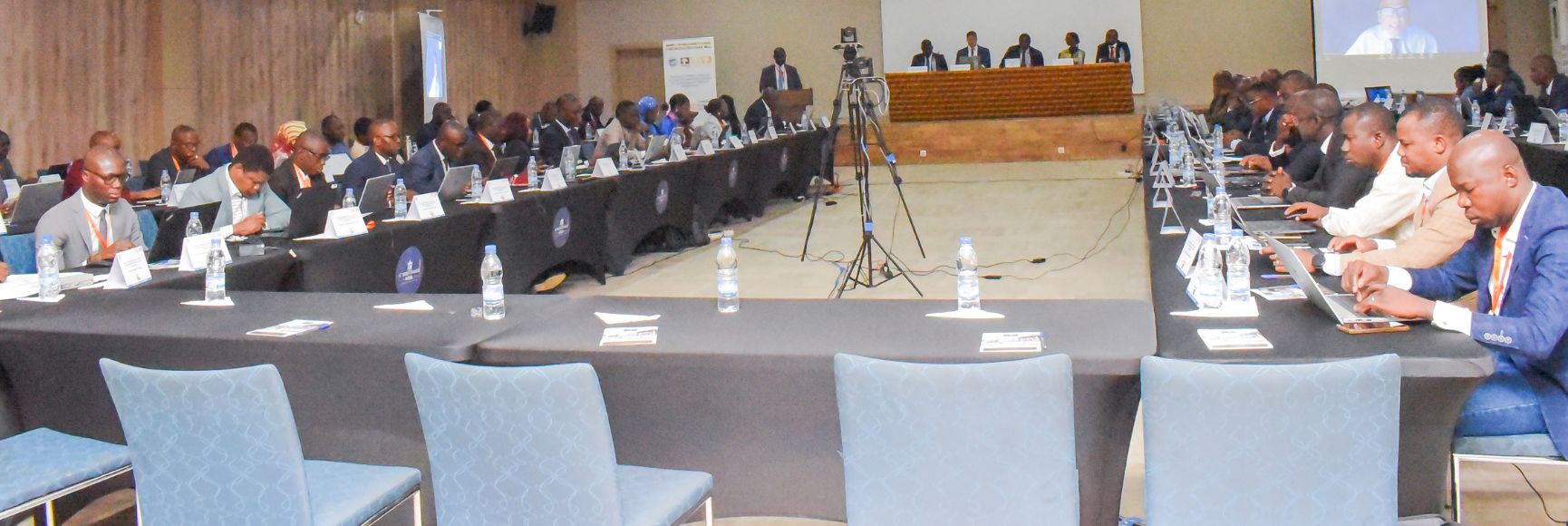
Photo provided by: Ministry of Finance - Republic of Poland
Post by Katarzyna Szarkowska, Bartosz Staszewski and Vijay Ramachandran[1]
The Standardised Chart of Accounts (SCoA) reform context
Development and implementation of the Standardised Chart of Accounts (SCoA) in Poland is a key component of a broader set of PFM reforms, which were originally defined in the Assumptions of the Budgetary System Reform (ABSR). This high-level conceptual document, adopted by the Council of Ministers of Poland in July 2016, outlined key objectives and directions for reforming the budgetary system. The ABSR provided a broad vision of the new budgetary system and empowered the Ministry of Finance to initiate further conceptual and legislative works, necessary to prepare and implement the reform.
The broad coverage and complexity of the budgetary system reform (BSR) required careful prioritisation and a staged approach to implementation. In 2018, building on the advice provided by the International Monetary Fund (IMF 2017 and IMF 2018 reports), a BSR governance structure was established. At the same time, the development of the SCoA, as a basis for other reforms in accounting and budgeting envisaged in the ABSR, was prioritised. Since 2019, the IMF has been the key technical assistance provider for the BSR, with a PFM advisor placed directly in the Ministry of Finance (MoF). The project was supported by the European Union under the Structural Reforms Support Programme.
Development of the SCoA
The SCoA integrates current budgetary and accounting classifications into a standardized list of multi-purpose codes which will be used for budgetary planning and execution, recording economic value flows between entities, preparing budgetary reports, producing financial and consolidated financial statements and compiling fiscal statistics..
The SCoA structure comprises four core segments: (i) administrative; (ii) source of financing; (iii) economic; and (iv) programmatic. The conceptual design provides for the augmentation of this structure by other segments such as a target or geographic ones. The target segment for instance may be used in future to tag budget flows related to special policy initiatives of the government, such as green budgeting.
The multi-dimensional structure of the SCoA will facilitate comprehensive and consistent information throughout the whole budgetary cycle. The segments of the SCoA are designed to be mutually exclusive and the SCoA can be configured in a modern relational data base management environment to provide the ability to link the relevant segments for different reporting requirements. The SCoA has been developed in consultation with the IMF to ensure consistency with international good practices, standards, and guidelines.
Publication of the SCoA’s concept note for consultation with a wide range of stakeholders
The SCoA concept note was published for consultation on the MoF website in late March. Consultations with all key stakeholders and users will enable the discussion of key assumptions and structural elements of the new classification system built around the SCoA. This will allow better adaption of detailed solutions to the specific information or management needs of the users. Equally important will be discussions concerning SCoA implementation challenges and necessary IT requirements. The consultations will be followed by more detailed desk reviews of classifications in different SCoA segments and SCoA pilots in various types of entities. These will guide capacity building activities, development of manuals and guide books and the formulation of detailed system specifications for the selection of appropriate IT systems.
[1] Katarzyna Szarkowska is a Counsellor in the Ministry of Finance, State Budget Department, Bartosz Staszewski is a Counsellor in the Ministry of Finance, State Budget Department, and Vijay Ramachandran, IMF PFM advisor in the Ministry of Finance.
Note: The posts on the IMF PFM Blog should not be reported as representing the views of the IMF. The views expressed are those of the authors and do not necessarily represent those of the IMF or IMF policy.





